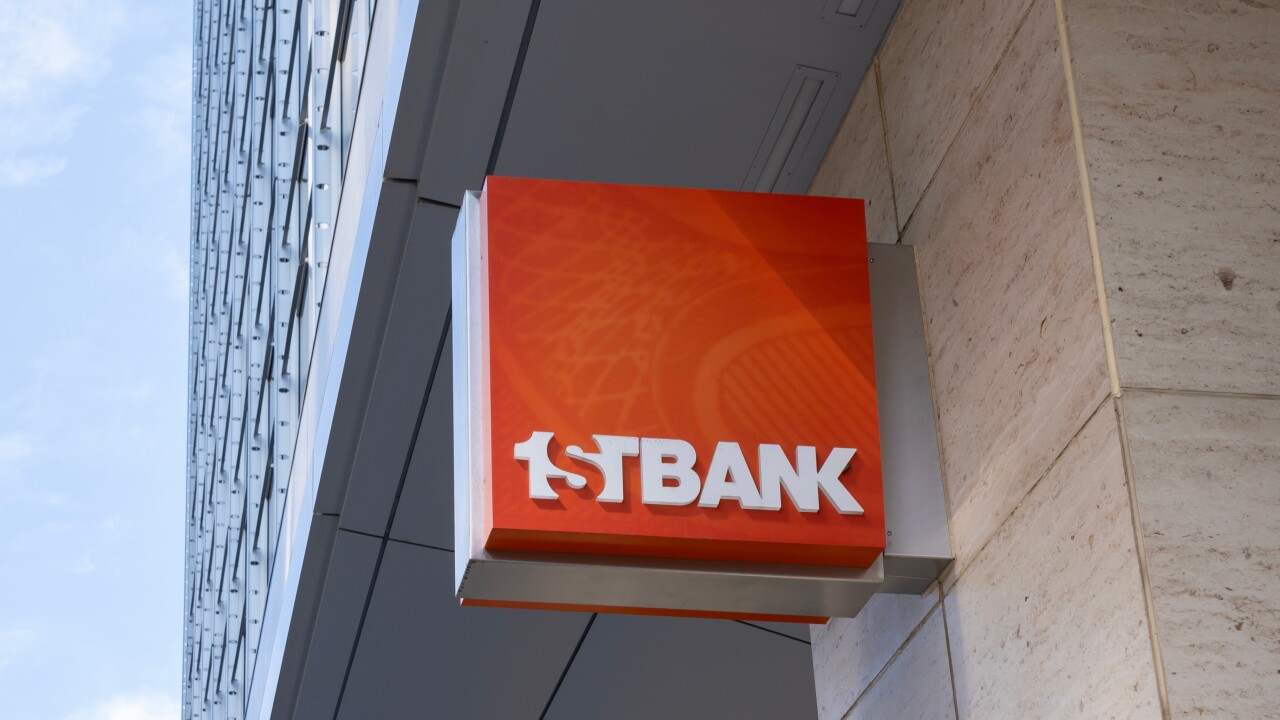Low interest rates and an improving stock market have led to strong variable annuity sales but stagnant fixed annuity sales at Independent Financial Marketing Group, the top third-party marketer through banks.
The Purchase, N.Y., unit of Toronto's Sun Life Financial Inc. said Wednesday that it doubled variable sales through banks in the first half compared with a year earlier, to $1.4 billion. In all of last year sales were $1.6 billion.
"We had three really bad years, where clients had their assets cut in half," Independent Financial president Robert Spadafora said in an interview Wednesday. "Every statement showed losses. But now we're seeing people come back to the equity markets, and part of the reason is that for the first six months of this year statements are showing gains. That's a big deal."
It also helped that bank brokers - who faced the wrath of customers during the dark equity market years - have more self-confidence, Mr. Spadafora said.
"The fact that brokers once again are willing to offer equity-based products is a key," he said. "Brokers can make the case that the markets are up, and they're doing that."
Fixed annuity sales, meanwhile, fell 4% in the first half, to $2.2 billion. The slide was almost entirely due to lackluster guaranteed returns, Mr. Spadafora said.
"Without question, fixed annuities have struggled because of declining interest rates," he said. "Minimum guarantees are being lowered below 3%, and I think it's obvious that most investors are not going to get to where they're trying to get to with 3% returns. So with these rates and the good performance of equities, there are investors that are turning away from fixed annuities."
Independent Financial Marketing's life insurance business "is not a tidal wave," Mr. Spadafora said. But sales for the first half were up 18%, to $39 million.
It is pushing the products and hired John P. Sousa 4th as its senior business manager for life insurance last winter. One strategy is to deploy specific life insurance wholesalers to work with various bank programs, helping them identify sales opportunities and sell recurring-premium products, Mr. Spadafora said.
Other third-party marketers have also had growth in their bank-channel business. According to statistics compiled by Kenneth Kehrer Associates of Princeton, N.J., the entire third-party marketing industry has experienced a rebirth through financial institutions. In 1997 they were responsible for nearly half of all annuities sold, Kehrer Associates said. But that number fell in subsequent years, to as low as 34% in 2000. Last year, however, 43% of all annuities sold through banks were through third-party marketers.
"Each year more banks increased their efforts to make alternative investment products a core part of their business," Mr. Spadafora said. "Companies like us have worked hard on unbundling services. So if a bank wants to look to us for assistance on life insurance but not in annuities, that's fine with us. Like any industry, we have to keep changing."
Nine of the top 10 providers of annuities through banks did more bank business in 2002, according to Kehrer Associates.
The second-largest third-party marketer through banks last year was Essex Corp., a unit of Boston's John Hancock Financial Services Inc., which was to release earnings today. Sun Life, which was renamed in July from Sun Life Financial Services of Canada, announced companywide earnings Tuesday.
The heavier dependence on third-party marketers surprised Michael J. Barry, the managing director of insurance for the New York ratings agency Fitch Inc.
"That number catches my eye, because I know many more banks deal directly with the insurance companies today," Mr. Barry said. "It used to be that banks had relationships" with third-party marketers, "but that has not been the case lately."





